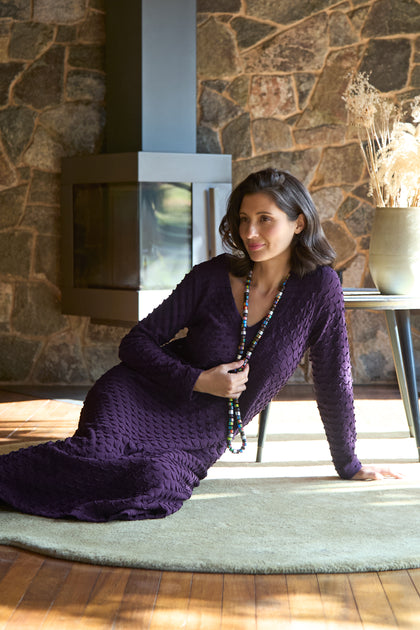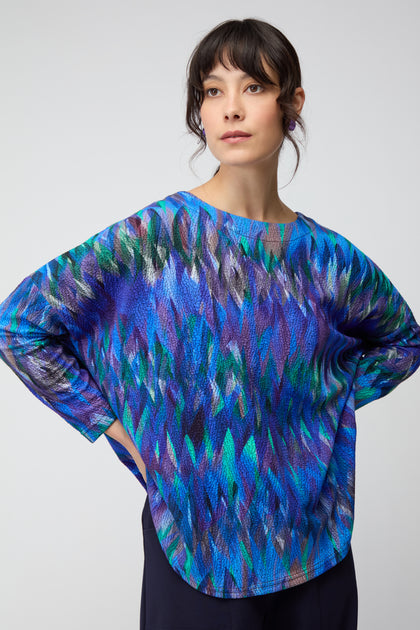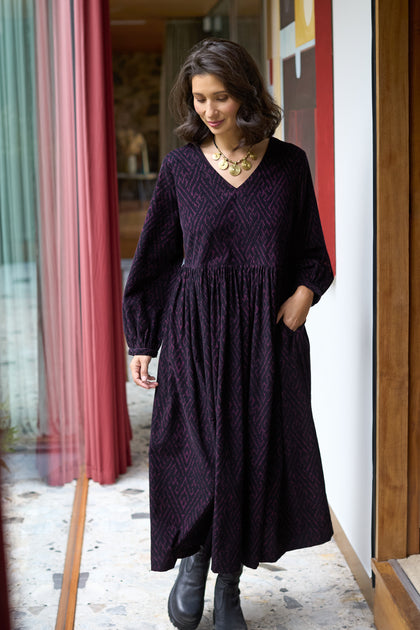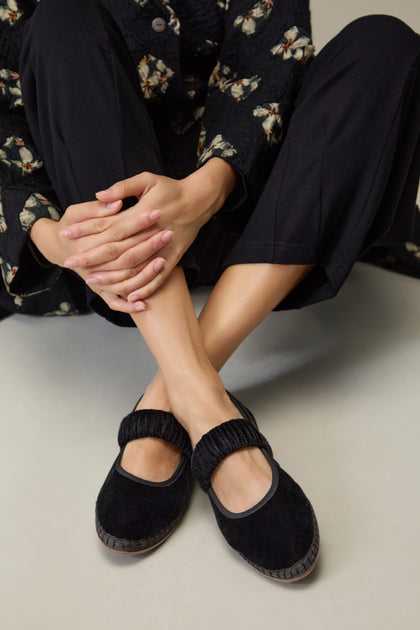Style & Life
Weston Scarves
Article By Sahara .
Nov 18, 2015
Richard Weston, a Professor of Architecture at Cardiff University, is the unexpected fashion designer. Known for his striking scarf designs, he takes style inspiration from an unusual source – rocks.
Professor Weston says that ‘nature is the Earth’s greatest living artist.’ He subscribes to the theory of biophilia, which hypothesises that there is a deep, instinctive bond between human beings and other life forms.
He believes that, after building our lives around the cycles and forces of nature for thousands of years, its influence has become embedded within us. We are conditioned to respond emotionally to the colours and patterns of the natural world – this is why, he says, images of minerals can have such a powerful impact.
Inspired by these theories, and by the way that artists and designers of the past have mimicked natural shapes (sometimes subconsciously), Weston has spent years collecting and producing images of precious stones, minerals and rocks – which he then transforms into scarves, accessories and notebooks.
If you think the idea of wearing a picture of a rock around your neck sounds unappealing, think again. Richard Weston has devised a completely new way to view and appreciate the hidden beauty of these natural materials.

The first thing you need to know is that the rocks and minerals that make up the Earth are in a constant state of transformation. They are forever being created, destroyed, deconstructed and re-formed, often in tiny processes that would be invisible to the human eye.
These microscopic, transient moments are what Richard Weston aims to capture in his designs. He has spent eight years studying minerals and taking over 10,000 unique images, of which only a fraction have been used in commercial products. The rest sit in an impressive online database.
To obtain the impossibly detailed images, Weston uses a highly magnified scanner with the ability to find the beauty in even the most unassuming of rocks. Even the surface of an apparently dull grey or black mineral can hold an entire world of colours and patterns – you just have to look very closely.

Richard Weston’s scanner has the potential to look very, very closely. To give you an idea of just how powerful his technology is, consider this: a typical Weston scarf, with its crystal clear patterns and vibrant colours, shows a section of a mineral less than 1cm in diameter. The images are of such high quality, they could be printed on a piece of silk 50 metres long without pixilating. It is a view of our planet that would be impossible to attain with the human eye alone.
Each scarf represents a billion years of natural transformations and human development. The image is a view of a rock that formed billions of years ago, the silk on which it is printed is a result of a centuries-old process, and the technique of digitally printing such a microscopically detailed image has only been made possible over the past decade or so.
The entire creation process is the ultimate marriage between ancient, natural forces and cutting edge digital technology. The people at Weston call this digital alchemy – the act of transforming natural resources into creative and commercial gold.
Printed on the banks of Lake Como in Northern Italy – the historical home of European silk printing – scarves are no longer the only product created by Weston. They now offer tunics, winter sarongs, canvases and art prints.
We are also very excited about Weston’s recent collaboration with Sahara on a set of beautiful silk-covered journals – all featuring a detailed print of a mineral or rock. Each hand-finished piece is a work of art in its own right, and would make for an unusual, stylish Christmas gift.



